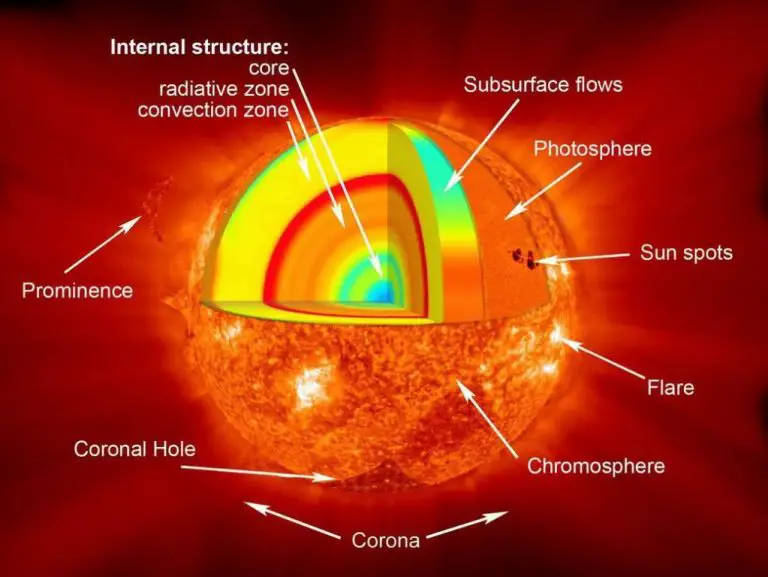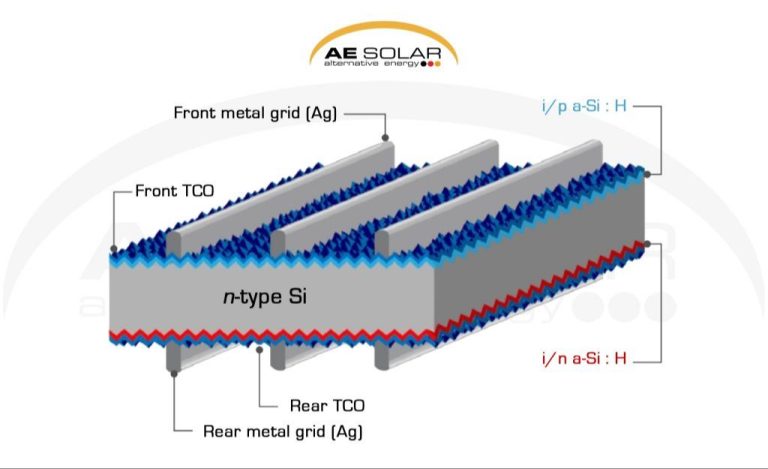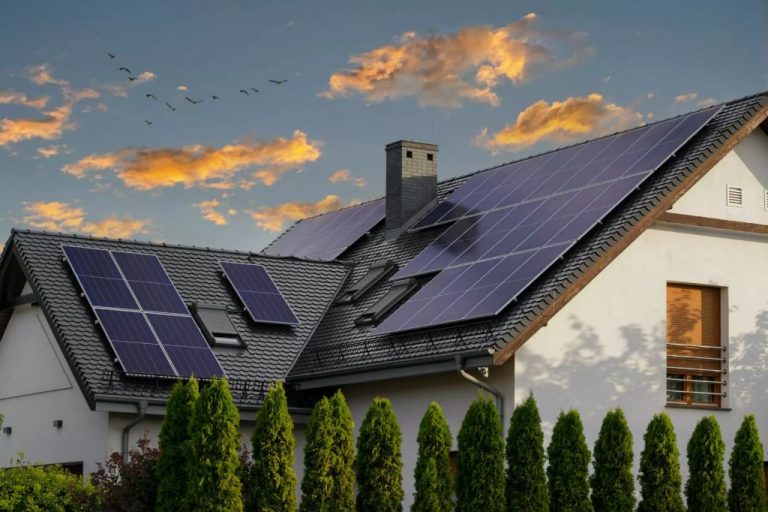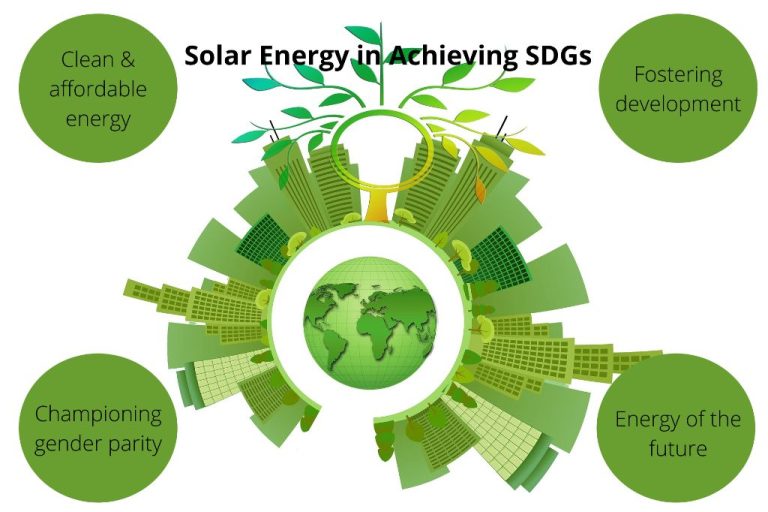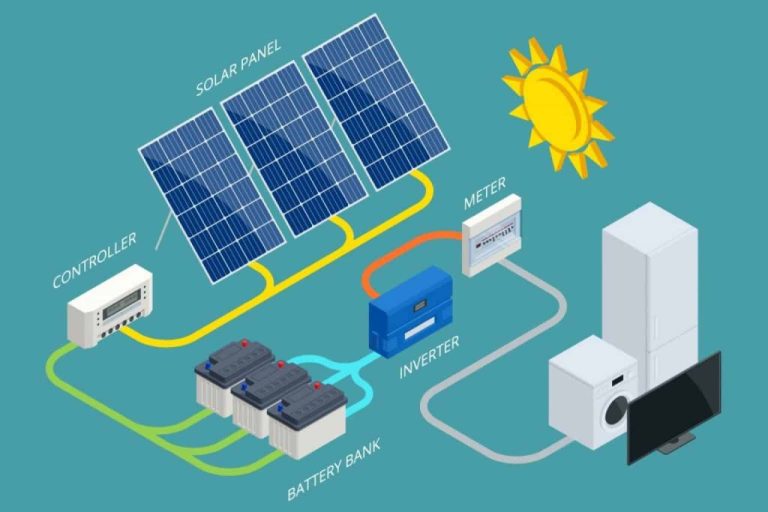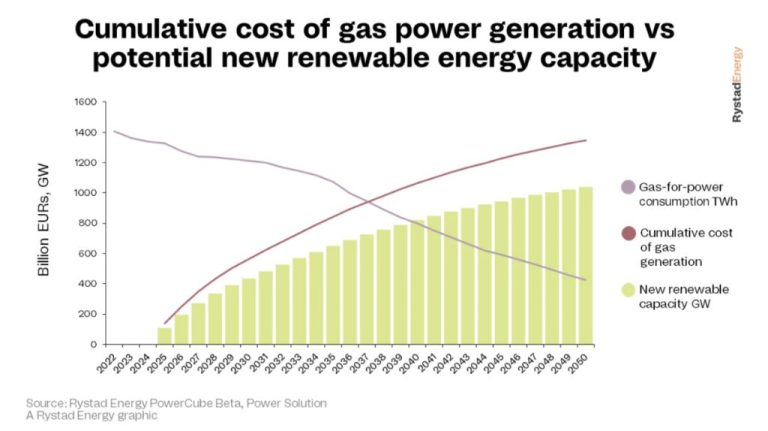What Is An Example Of Solar Energy?
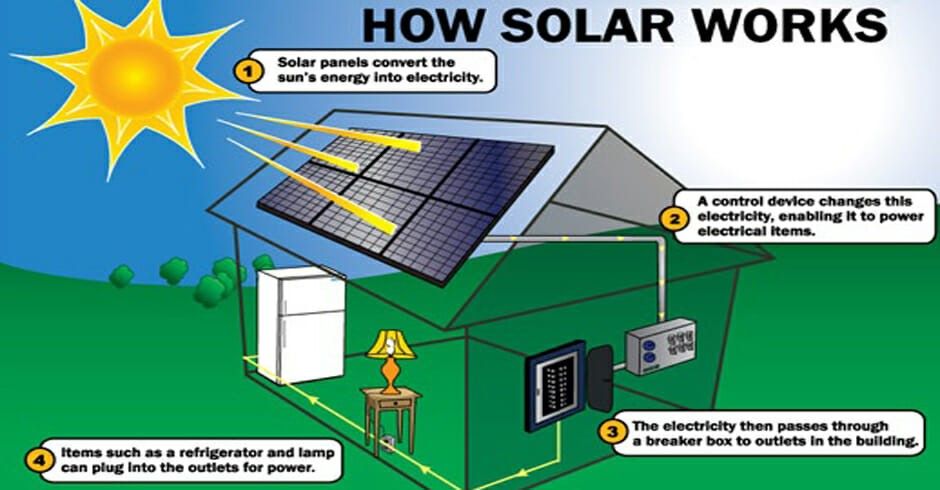
Solar energy is the radiant energy emitted by the sun, which is harnessed by technologies such as solar heating, solar photovoltaics, and others. The word “solar” is derived from the Latin word “sol”, meaning sun. Humans have harnessed solar energy for millennia, using it for heating, cooking, and lighting. Some of the earliest examples include the Greeks and Romans using magnifying glasses to concentrate the sun’s rays to make fire. Today, solar energy provides a clean and renewable source of power that is growing rapidly across the globe.
The development of solar technologies accelerated in the late 19th century with the discovery of the photovoltaic effect by French physicist Edmond Becquerel in 1839. This effect describes how certain materials can directly convert sunlight into electricity. In 1954, researchers at Bell Labs in the United States created the first modern silicon photovoltaic (PV) cell. PV cells are now used to power everything from small electronics to residential rooftop systems to large utility-scale solar farms.
Solar power is an increasingly important source of renewable energy worldwide. As of 2021, solar accounted for over 3% of total U.S. electricity generation. With concerns about climate change and energy security growing, solar provides a clean alternative to fossil fuels. The development of less expensive PV panels, improved energy storage, and supportive policies are key drivers enabling the rapid growth of solar.
How Solar Energy Works
Solar energy works by harnessing the sun’s energy and converting it into electricity or heat. There are two main types of solar energy technology: photovoltaics (PV) and solar heating & cooling.
Photovoltaic systems use solar panels made up of solar cells to convert sunlight directly into electricity. This is done through the photovoltaic effect. When sunlight hits the solar panel, electrons are knocked loose from the atoms in the cells. These free electrons generate a flow of electricity. This electricity can then be used to power homes, businesses, and the grid. Source
Solar heating and cooling systems work a little differently. They use collectors to absorb the sun’s thermal energy and transform it into heat. This captured heat can then be used for various applications like heating water or spaces. In solar water heating systems, the collectors transfer the heat to water which is stored in a tank. The hot water is then used for needs like washing, bathing, or heating. Solar heating and cooling uses the same process but to heat and cool spaces like buildings. Source
Types of Solar Technology
There are three main types of solar technology that are used to harness energy from the sun: solar photovoltaics, concentrated solar power, and solar hot water.
Solar photovoltaic (PV) systems use solar panels made up of solar cells to convert sunlight directly into electricity. The PV cells are made of semiconductor materials like silicon that release electrons when exposed to light, generating an electric current. PV panels can be mounted on rooftops or ground-mounted systems to generate electricity for homes, businesses, and utilities.
Concentrated solar power (CSP) systems use mirrors to concentrate sunlight to heat a receiver that contains a heat-transfer fluid. The high temperature heat can then be used to spin a turbine to generate electricity. CSP plants are utility-scale and can also incorporate thermal storage to provide electricity when the sun isn’t shining.
Solar hot water systems use solar thermal collectors to heat water that is used residentially or commercially. The sun heats up a thermal medium within the collectors which is then pumped through a heat exchanger to warm up water in a storage tank. This hot water can be used for domestic water heating, radiant heating systems, or industrial processes.
Residential Uses
One of the most common uses of solar energy is in homes. Rooftop solar panels allow homeowners to generate their own electricity from the sun and reduce reliance on the grid. According to H.C. Hottel (1955), residential solar energy applications include solar photovoltaic panels, solar water heating systems, and passive solar building design.
Rooftop solar photovoltaic (PV) systems convert sunlight into electricity to power homes and offset grid energy use. Solar PV panels can be installed on rooftops or ground-mounted systems to generate clean renewable energy. Homeowners with rooftop solar can sell excess energy back to the grid through net metering programs. Increasingly affordable solar panel costs have helped drive adoption of residential solar.
Solar water heating systems use solar thermal collectors to heat water for domestic use. These systems can reduce the amount of electricity or gas needed to heat water conventionally. Passive solar building design takes advantage of solar energy by orienting homes and incorporating features like large south-facing windows to naturally heat and light interiors (Hottel, 1955).
Utility-Scale Solar
Utility-scale solar refers to large solar energy facilities that feed directly into the electrical grid to supply power to a utility or large number of customers. These are typically solar photovoltaic (PV) farms spanning hundreds or thousands of acres, or concentrating solar thermal power plants with fields of mirrors that focus sunlight to heat fluid and spin turbines. According to the Solar Energy Industries Association, utility-scale solar accounted for over 40% of new electric generating capacity additions in the U.S. in 2020.
Some key facts about utility-scale solar projects:
- They have capacities of at least 1 megawatt (MW), compared to residential systems which are usually under 10 kilowatts (kW).
- Solar farms use ground-mounted panels arranged in rows across a large area of flat land. The panels slowly rotate to follow the sun.
- Solar thermal plants use thousands of mirrors (heliostats) to concentrate sunlight onto a central tower filled with fluid that is heated to a high temperature.
- The largest solar farm in the U.S. is the Solar Star project in California, which has a capacity of 579 MW and spans 13 square miles.
- Utility-scale projects provide economies of scale and lower costs compared to small-scale solar installations.
- The levelized cost of energy for utility-scale solar PV declined by 88% between 2009 and 2020, according to Lazard estimates.
The growth of large solar power plants allows more renewable energy to be fed into the grid and displace fossil fuel generation. However, utility-scale projects require a great deal of land and transmission infrastructure. Careful siting is needed to minimize environmental impacts. Overall, solar farms play a major role in scaling up solar power capacity and reducing greenhouse gas emissions.
Sources:
https://en.wikipedia.org/wiki/Utility-scale_solar
https://cleanpower.org/facts/solar-power/
Solar Energy Storage
Solar energy storage allows excess solar power generated during the day to be stored and used at night or during cloudy weather. There are three main methods for storing solar energy:1
Batteries
Batteries are the most common way to store solar energy for residential and commercial use. Popular battery technologies include lithium-ion, lead-acid, and flow batteries. Batteries store solar energy in chemical form for later electricity production. Advantages of batteries include modularity, ease of installation, and the ability to dispatch power on demand.2
Thermal Storage
Thermal storage involves converting excess solar heat into thermal energy that can be stored for later use. Common thermal storage methods include molten salt storage tanks, chilled water tanks, and ice storage. The stored thermal energy can be used for heating, cooling, or even generating electricity after sunset. Thermal storage is often used for large-scale solar thermal power plants.3
Solar Energy Costs
The costs of solar energy have fallen dramatically over the last decade. According to the Solar Energy Industries Association (SEIA), the average installed costs of residential solar systems in the U.S. dropped by more than 40% from 2010 to 2020. SEIA estimates that prices will continue to decline by 10-15% per year over the next five years.
One way to measure solar costs is by installed price per watt (DC). This refers to the upfront price to purchase and install a solar system divided by the system’s size in watts. According to the National Renewable Energy Laboratory (NREL), as of Q1 2022 the median installed price per watt for residential systems in the U.S. was around $2.44. For utility-scale systems over 1 megawatt, it was around $1.11 per watt.
Another metric is the levelized cost of energy (LCOE), which calculates the average cost per kilowatt-hour (kWh) over the system’s lifetime including upfront capital costs as well as ongoing operation and maintenance costs. LCOE for solar has reached new lows in recent years. According to Lazard’s 2021 Levelized Cost of Energy Analysis, the unsubsidized median LCOE for rooftop residential solar was around 4.6 to 6.1 cents per kWh, while utility-scale solar was just 2.6 to 3.4 cents per kWh. This makes solar cost-competitive with new coal and gas generation.
The falling prices for solar electricity mean it is an increasingly economical source of renewable energy for homeowners, businesses, and utilities. Supportive policies like federal tax credits, net metering, and renewable portfolio standards have also helped drive down costs over time.
Solar Policy and Incentives
There are several policy mechanisms and incentives at the federal and state levels aimed at promoting solar energy adoption. Key policies include:
The federal solar Investment Tax Credit (ITC) provides a tax credit for <26% of the cost of installing a residential or commercial solar energy system. The ITC is scheduled to phase down to 22% in 2023 and 10% in 2024 (Federal Solar Tax Credit Guide For 2024). Many states also offer additional tax credits and rebates for solar installations (SEIA).
Net metering policies allow solar energy system owners to feed excess electricity back into the grid and receive credits on their utility bill. As of 2022, 41 states had statewide net metering policies in place (SEIA).
Renewable Portfolio Standards (RPS) are policies that require utilities to procure a certain percentage of their electricity from renewable sources by a target year. Thirty states currently have mandatory RPS policies, which create renewable energy markets and incentivize solar growth (NCSL).
Growth of Solar
The growth of solar energy has seen tremendous increases in capacity and remarkable decreases in cost over the past decade. According to The Rise of Solar Energy: How it’s Changing the Face of …, global solar photovoltaic capacity increased over 600% between 2010-2020, reaching over 760 gigawatts. Key factors driving this growth include advancements in solar technology that have dramatically reduced costs. Since 2010, the cost of solar panels has declined over 80%.
Looking ahead, the Global Market Outlook For Solar Power 2023 – 2027 projects worldwide solar installations will more than double in the next 5 years, reaching over 1.7TW by 2027. Continued innovations and economies of scale in solar manufacturing along with supportive policies are expected to enable further exponential growth. The outlook emphasizes solar’s increasing cost-competitiveness with conventional energy, making it an affordable mainstream power source capable of transforming energy systems.
Future of Solar
While solar energy has seen tremendous growth in recent years, there is still significant potential for further expansion to play a greater role in our energy mix moving forward. According to projections from the MIT Future of Solar Energy study, solar could supply up to 20% of total global electricity demand and up to 25-30% of US electricity demand by 2050 if technology and infrastructure continue advancing. Key factors enabling this growth include continued cost declines, improvements in energy storage technology, supportive policies and incentives, electrification of heating and transportation sectors, and increasing commitment to clean energy targets globally.
However, the future of solar is not without challenges. Intermittency and variability of solar generation will require increased grid flexibility and mechanisms to balance supply and demand across time and geographies. Land use constraints could arise in some regions from utility-scale solar development. Emerging technologies like building-integrated PV and solar roads have struggled to compete on costs. And while module efficiency continues to increase incrementally, breakthroughs in next-generation solar cell technology have remained elusive so far. Furthermore, the solar industry faces uncertainties around trade policy and the expiry of federal tax credits in the US.
Overall, analysts remain bullish on the long-term outlook for solar to play a major role in decarbonizing the global energy system over the coming decades. But realizing the full potential will require sustained technology innovation, policy support, financing solutions, and integration strategies to enable high solar penetration grids.

